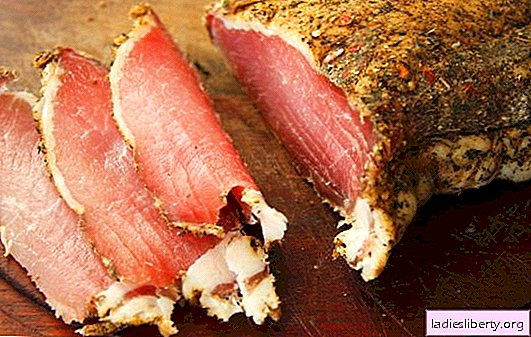
Zamioculcas (Zamioculcas) is a monotypic genus of plants from the aroid family, represented by the only species Zamioculcas zameyelistny (Zamioculcas zamiifolia). The homeland of the flower, like some other succulents, is the mountainous regions of East Africa and the coastal territories of Zanzibar. This suggests that it grows in nature in conditions of prolonged drought.
Zamiokulkas amyloid was described by botanists in the first half of the XIX century, but in our country this houseplant appeared not so long ago. In general, almost until the end of the 20th century it was not used as a room culture, and only after 1996, when it began to be sold in bulk at Dutch flower auctions, this flower became very popular in indoor floriculture.
Zamioculcas - care
Zamioculcas is very undemanding, relatively easy to carry dry air, insufficient watering, various lighting and soil composition. However, in order to achieve the best results in his breeding, certain conditions of detention should be created for him.
When choosing a place for a plant, it is better to stop on a windowsill or other bright place, preferably characterized by diffuse lighting, because direct sunlight can cause burn spots on the leaves. If we talk about air humidity, this flower does not suffer in rooms with central heating, where the air is very dry.
When caring for him, you need to remember the ability of succulents to stockpile moisture for the future. This plant also has nodules located in the thickened lower part of the petiole and the fleshy axis of the leaf, in which fluid accumulates. However, with excessive watering, even they will not save our zamioculcas, and his leaves will begin to turn yellow and fall, rot the tuber. Therefore, the main rule when watering in this case is moderation. In the autumn and winter periods, watering needs to be reduced, especially for keeping in cool rooms where the air temperature is maintained no higher than 16 ° С.
If you want your pet to have beautiful shiny glossy leaves, you should feed him during the growing season with complex fertilizers for indoor plants (in a small concentration) or fertilizers for cacti and other succulents.
Zamioculcas - transplantation and reproduction
Zamioculcas is not afraid of transplantation, so it is advisable to conduct it annually until it becomes difficult due to the size of the plant. Large specimens are transplanted less frequently, preferring partial replacement of soil in a pot. If after a transplant the plant stops growing, there is no need to panic, because after a while it will again intensively grow.
The fastest and most successful way of propagating this flower is to divide its large specimens so that each of the parts obtained has a growth point. This is best done during a transplant.
You can propagate it in another way: by rooting individual leaf blades cut from a large sheet. So that the process of rooting a single leaf does not last for months, you can speed it up with the help of diffuse lighting, a light mixture of peat and sand, the greenhouse effect obtained by using a plastic bag, and the use of phytohormones, which are intended specifically for rooting cuttings.
Zamioculcas - diseases and pests
The main pests of Zamioculcas include spider mites, scabies and aphids.
The spider mite is destroyed by spraying and washing the leaves with water or a weak tobacco infusion. You can also conduct pollination with ground sulfur (this must be done outside the living room) or treat the plant with prepared insecticides.
The scabbard is destroyed by spraying with a soap-tobacco solution with the addition of kerosene or denatured alcohol. Adult pests are removed using a wet swab, after which the plant must be treated with a ready-made insecticide or independently prepared for processing a soap solution to remove the larvae.
To combat aphids, ready-made preparations or aqueous solutions of nicotine - sulfate with soap are used (1 gram of the drug is taken per 1 liter of water). A day after treatment, the plant is washed well, covering the soil with polyethylene.
The most dangerous disease for this flower is root rot. It, as a rule, is formed due to excessive watering, therefore, when it appears, watering must be sharply reduced and, if necessary, use foundationazole or oxychrome to treat the flower.
However, if the leaves of Zamioculcas began to turn yellow, this does not mean his illness. If the plant continues to grow and throw out new leaves, then it is healthy. However, the removal of yellowing leaves in this case should be carried out only after they are completely dry.
But if the flower turns yellow, not giving new shoots, it means that he suffered from a sharp change in temperature, drafts, insufficient watering or damage by pests. In winter, leaflets can fade from a lack of light. Also, problems arise when keeping the plant in a cool room, where the air temperature does not rise above 14 ° C.
But even if the whole aerial part of the plant disappears, do not throw it away! Inspect its roots and tubers by taking the plant out of the pot: if they look healthy, they should be washed with a weak solution of manganese, dried and, planting in new soil, start to water. It is possible that Zamioculcas will recall how his ancestors in Africa, dying during the drought, revived when favorable conditions came and gave new shoots. After all, the durability of this flower is truly unlimited!











